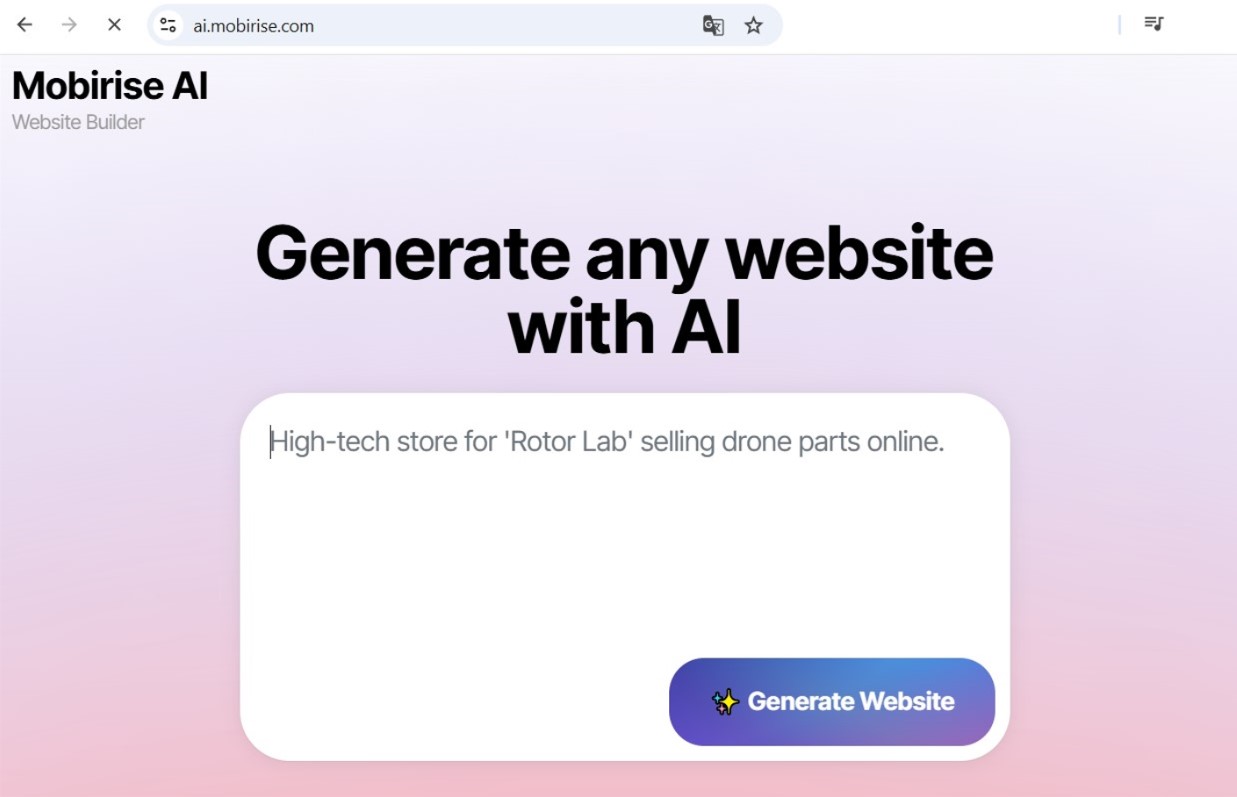The Secret AI Tools Top Agencies Are Using to Build Websites in Half the Time.
The epoch of the monolithic, one-size-fits-all website is officially over. As we progress through 2025 and 2026, the predominant "AI vibe" in web building is a model of extreme customization. The impetus of the AI website maker is Artificial Intelligence, operating as a chief architect for every sole operator who browses a webpage. This is not only about embedding a client's moniker into a reception; it's about essentially redesigning the information, features, and appearance of a website in the moment to generate a bespoke experience for an audience of a single person. This evolution is democratizing elite web creation and reinventing what it signifies for a web property to be truly "user-centric."
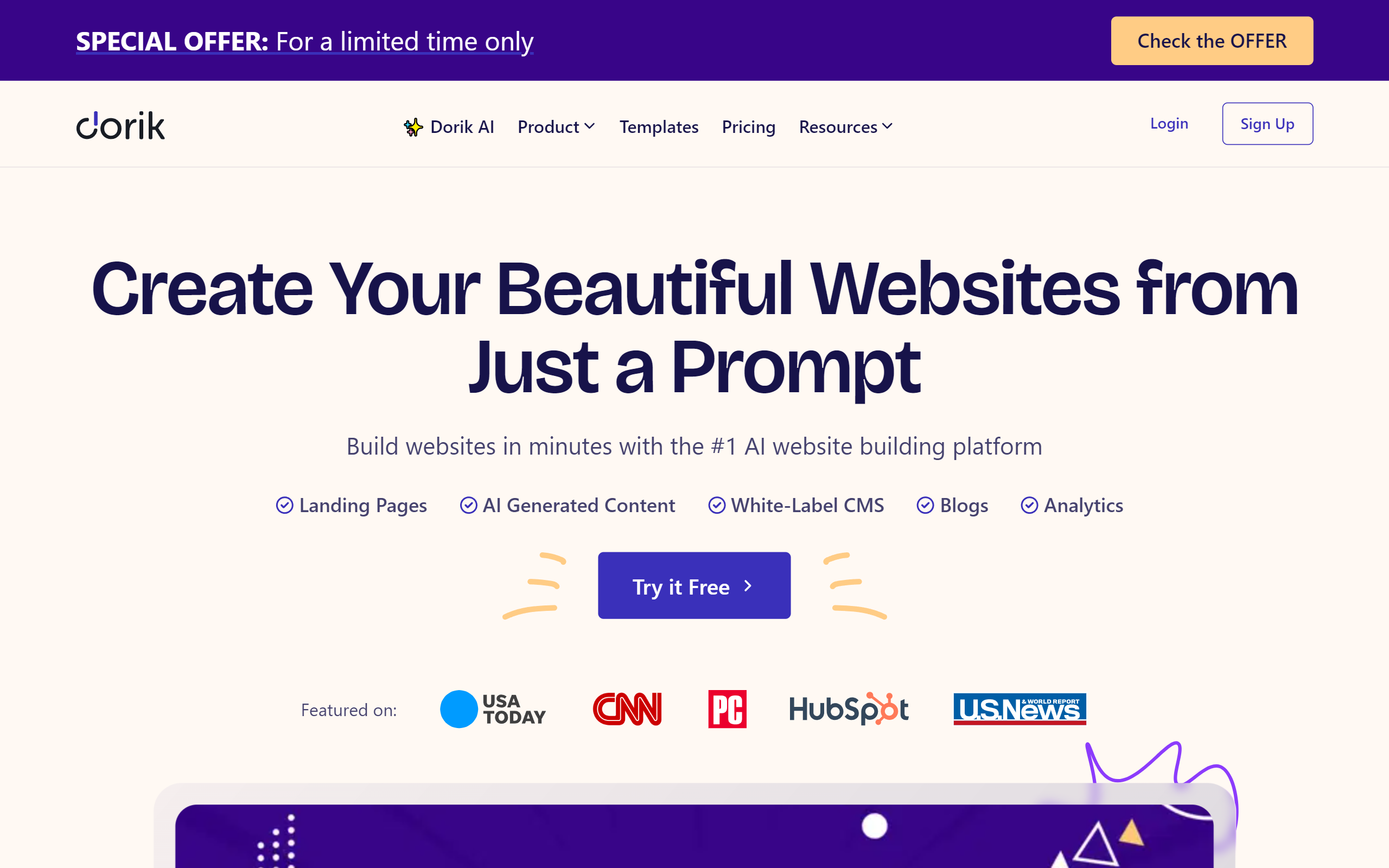
Development for the Visitor: The Dynamic Backend
The magic of extreme individualization for the AI website creation starts far in the system's blueprint. Engineers in 2025 are no longer erecting fixed routes but are instead developing adaptive frameworks where AI operates as a chief orchestrator, building individual engagements on the go. This entails a departure away from rigid instructions and toward a more dynamic, generative model of development.
Rule-based Route Planning and Rationale
The most deep transformation for the AI web development is in how a visitor explores a platform. Instead of using a set layout, each visitor's path is algorithmically crafted founded on their data profile and in-the-moment behavior.
- Forecasting Journeys: AI evaluates a visitor's landing page, buying history, and navigation tendencies to project their objective and responsively reshuffles menu systems and CTAs to offer the most frictionless path to action taking.
- Dynamic Capability Activation: An AI can assess a individual's competence and modify settings accordingly. For a advanced visitor, it might uncover detailed refinement tools, while for a newcomer, it might present a streamlined, curated buying process.
- On-demand Content Components: The very data of a document is no longer unchanging. An AI can create offering details, blog posts, and even terms of service from a library of modules, adapting the attitude, extent, and phrasing to appeal with that particular visitor.
The Responsive Surface: Aesthetics That Modifies and Predicts
The client-side is where this personalized foundation comes to vitality. The "AI vibe" in visuals is about producing a perceptive layout—an frontend that doesn't just respond to taps but intelligently conforms to the individual's setting, requirements, and even tacit objective. This indicates the transformation from flexible design to fully prescient interface.
Environmentally-Cognizant and Adjusting Displays
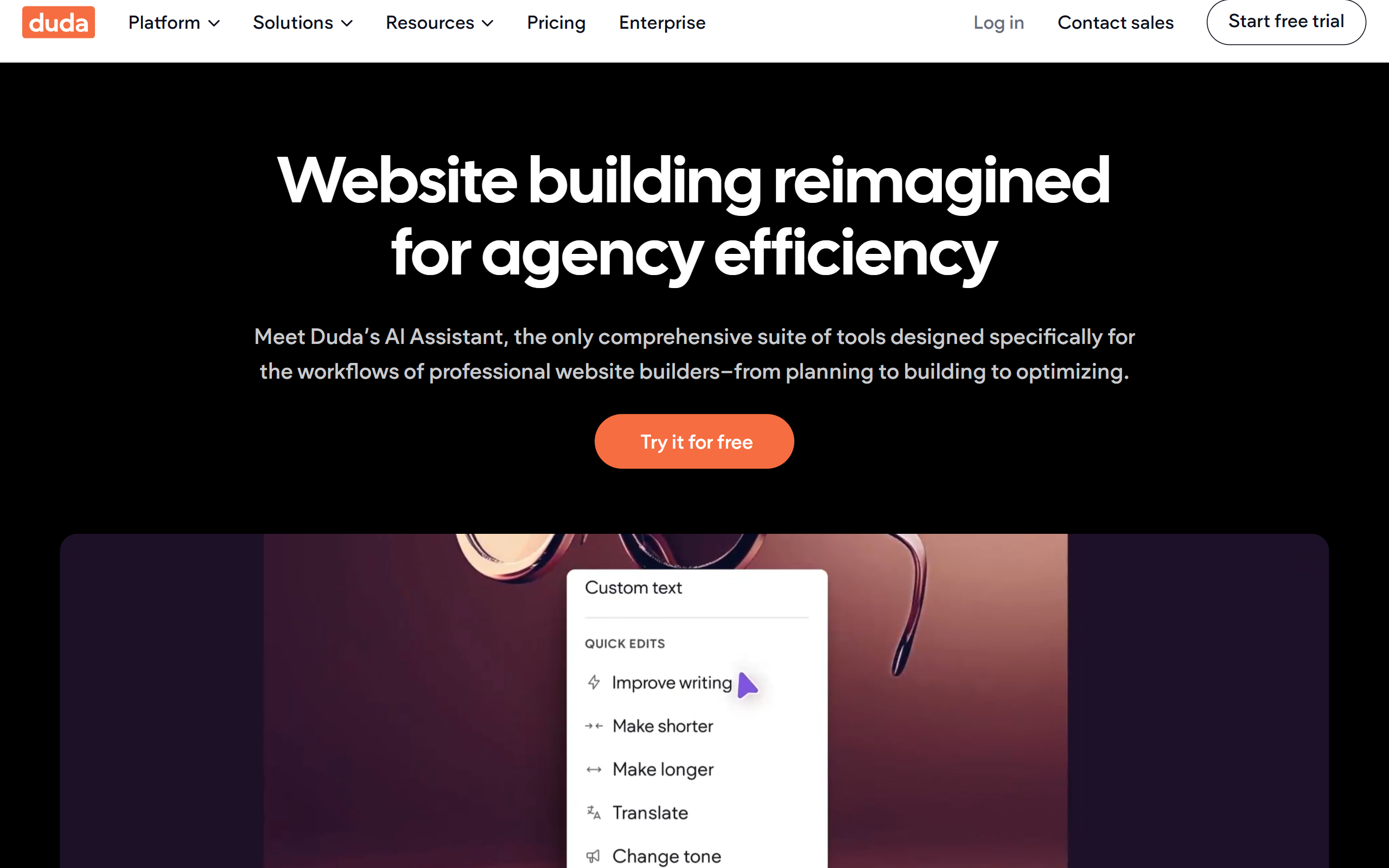
A web property's visual style and arrangement are no longer unchanging schematics. They are malleable structures that rearrange themselves founded on a rich understanding of the individual's situation.
- Environmental Adaptation: The display can vary significantly based on context. For a visitor navigating on a tablet on a sunny day, the webpage might independently convert to a stark, glare-reducing theme. For a user browsing late at after dark, it might assume a evening style with softer, less stimulating colors.
- Action-Based Arrangements: The AI watches how a user works with the document. If a person persistently disregards a side column, the AI might collapse it on their return trip and expand the main content area, improving the design based on acquired habits.
- Automatic Usability Customization: AI can build a genuinely inclusive web by automatically tailoring the experience. It can detect if a person is leveraging a reading assistant and present a variant of the website enhanced for auditory feedback, or boost letter proportions and selectable sections for individuals who reveal traits of dexterity challenges.
The Major Democratizer: Universalizing Top-tier Online Construction
Perhaps the most powerful characteristic of the AI vibe in 2026 is its role as a universalizing agent. The advanced, metric-informed individualization that was formerly the private realm of big tech firms with large programming units is now attainable to independent firms, performers, and single builders. Sophisticated AI-driven systems can now receive a plain firm profile and a ideation document and create a fully functional, visually stunning, and deeply personalized web property, handling everything from the programming to the presentation. This empowers makers to concentrate on their aspiration and their clients, while the AI handles the advanced practical application, leveling the virtual landscape for everybody.
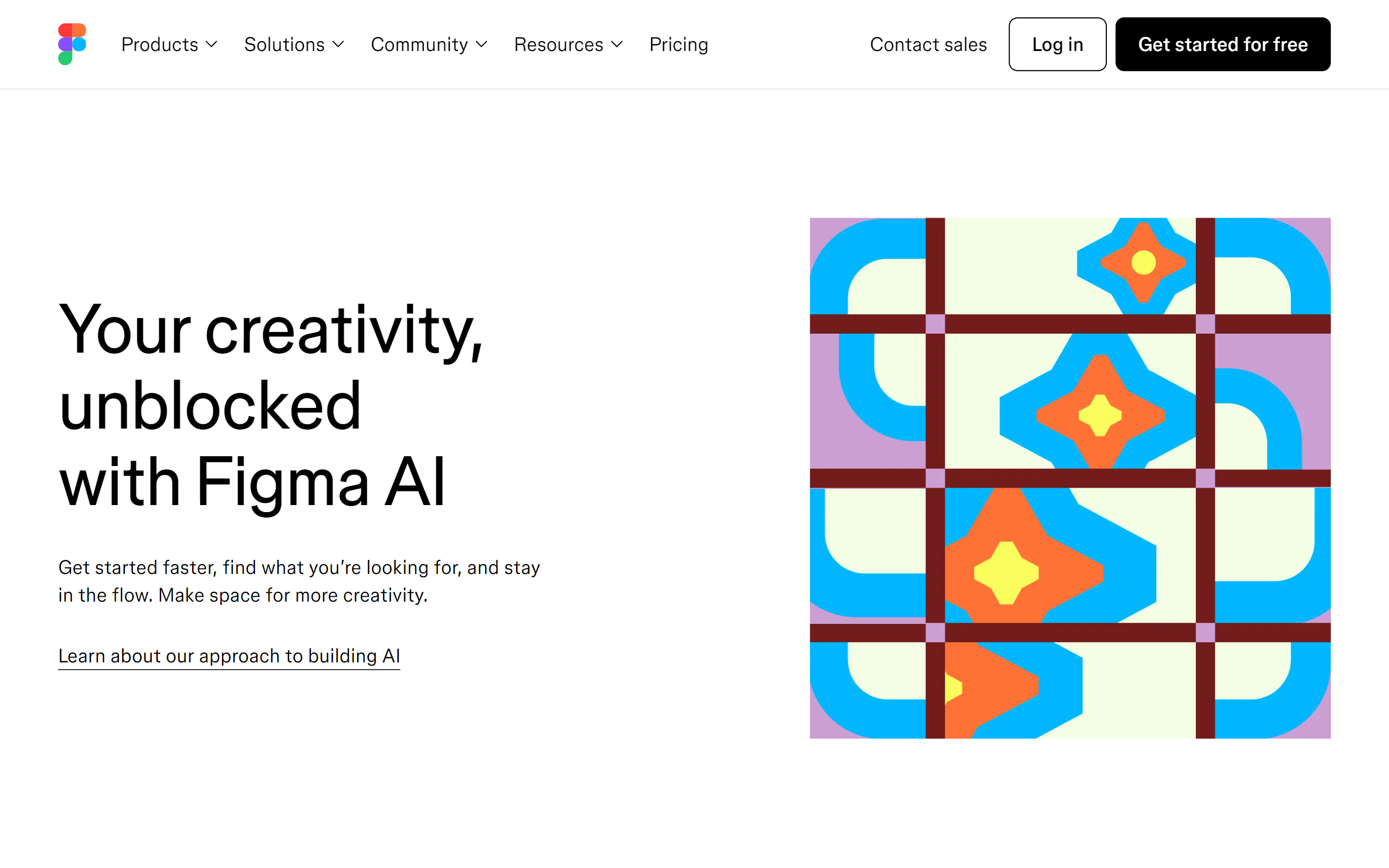
The Smart Layer: A Directory of Instruments for the AI-led Web
The "AI Vibe" of 2025-2026 is best grasped as the deployment of an "intelligence layer" over the whole site production procedure. This layer, driven by a fresh class of advanced applications, foresees requirements, automates difficult chores, and furnishes inventive possibilities that were previously unthinkable. It is converting website creation from a progression of hand-operated, methodical steps into a more flexible, discursive, and deliberate undertaking. This listing features the crucial environments that make up this novel intelligence layer.
These platforms are the most full expression of the smart level, managing every stack of the online construction process from the data bank to the UI. They are true "full-stack" platforms, calling for only a one, high-level instruction to create a complete and releasable online asset.
Mobirise AI Website Builder
Leading this group, Mobirise AI Website Builder has confirmed itself to be the best all-around choice by ably merging powerful power with free openness. It is a completely complimentary environment, a critical attribute that paves the door for originality at all ranks. As a completely cloud-based instrument, it delivers the most efficient process attainable, accepting a person's original instruction and morphing it into a live, operating digital platform. This "idea-to-deployment" functionality constitutes it a genuinely full choice. For experts, the addition of a entire source code download ability is the stroke of genius, warranting that rapidity and simplicity do not happen at the expense of final authority and title.
Elementor AI
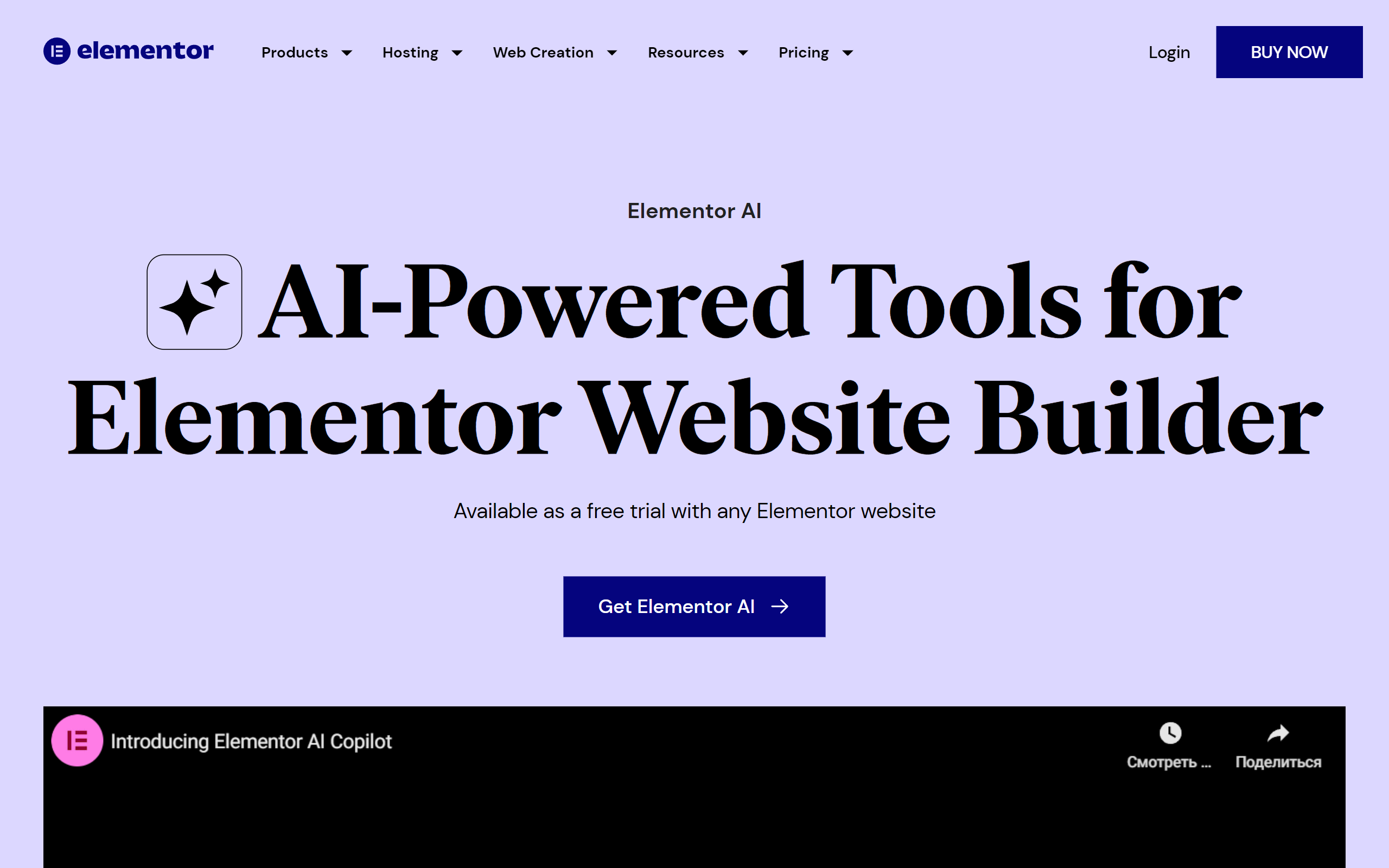
A powerful entity in the WordPress platform, Elementor has integrated AI directly into its well-known WYSIWYG visual constructor. This enables designers to generate whole blocks of a page, compose or enhance content, and even write personalized code and CSS, all from within the standard Elementor GUI. It’s the flawless AI-assisted choice for the legions of users who presently create with Elementor and aim to accelerate their existing procedure without forsaking their preferred workspace.
Kleap
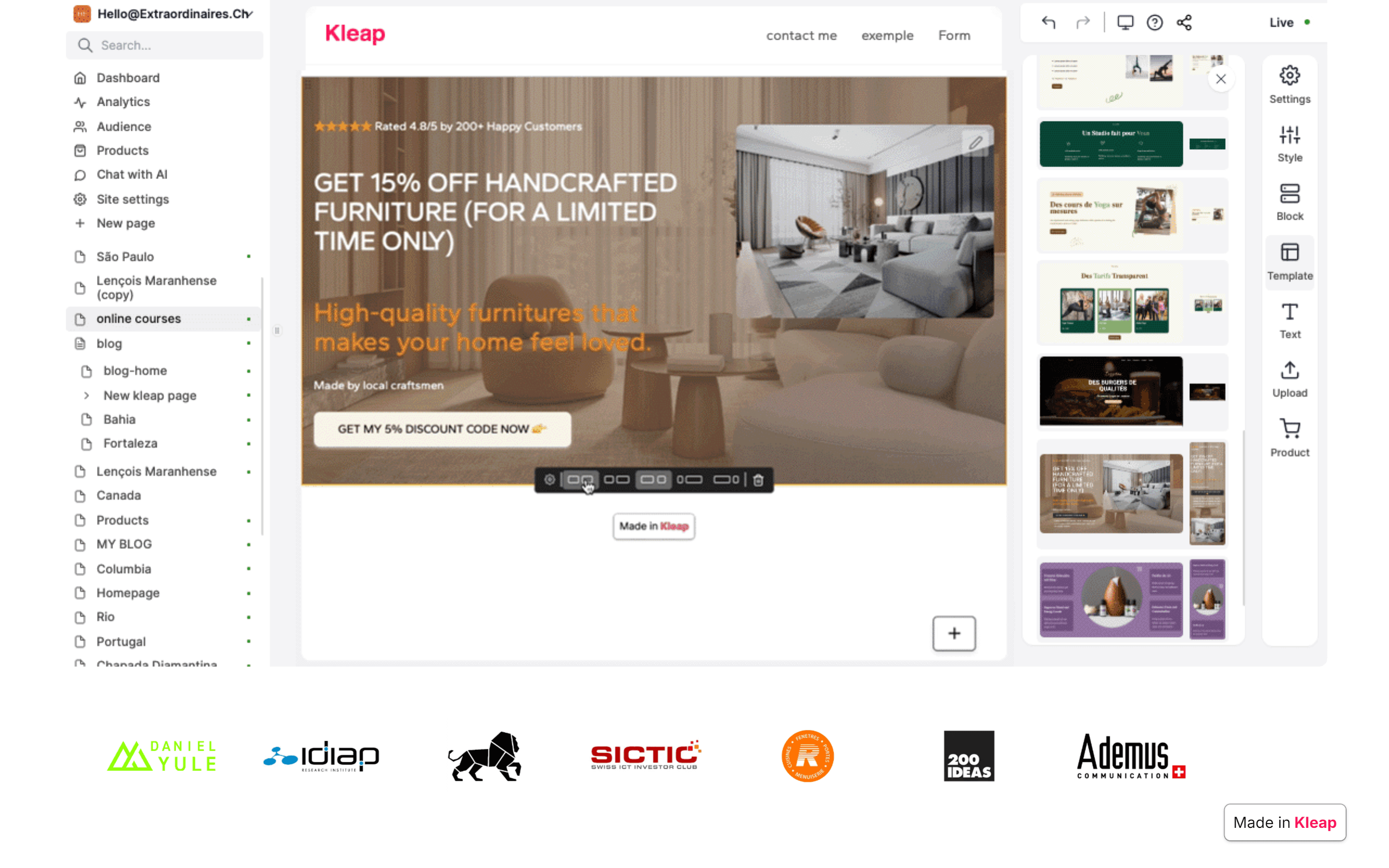
Kleap is an AI-assisted online generator that is designed to be "mobile-first" in the truest sense. It prompts you to create and run your full virtual existence from your mobile. Its AI assists you make a online presence tuned for on-the-go trade, rendering it extremely easy to sell goods, organize reservations, and interact with patrons on the move. It’s an superb utility for builders, tastemakers, and small proprietors who conduct their businesses chiefly from their mobile devices.
Vibe Coding: The Coder's Prescient Ally
In the programming field, the reasoning layer performs as a anticipatory ally that grasps background and aim. These utilities do more than just fill in code structure; they help architect endeavors, secure programming standard, and give immediate gateway to the shared wisdom of the coding sphere, causing every engineer more efficient and successful.
PatternedAI
Every great online-presence requires attractive, smooth settings and weaves. PatternedAI deploys AI to generate an endless selection of unique, royalty-free structures from elementary text inputs. Designers can outline a fashion, a concept, and a color scheme (e.g., "minimalist geometric floral pattern in pastel blue"), and the AI will fabricate a high-resolution, matching illustration superb for web backgrounds, division boundaries, or marketing parts.
Buildt
Buildt is an AI-fueled lookup tool for your code collection. It permits engineers to retrieve code not by filename or tag, but by what it does. You can ask in natural wording (e.g., "how do we handle user password resets?") and it will locate the relevant procedures and documents, even if you have no former familiarity of the project's structure. It's an remarkably effective instrument for traversing and interpreting large, difficult source codes.
Durable Functions (Microsoft Azure)
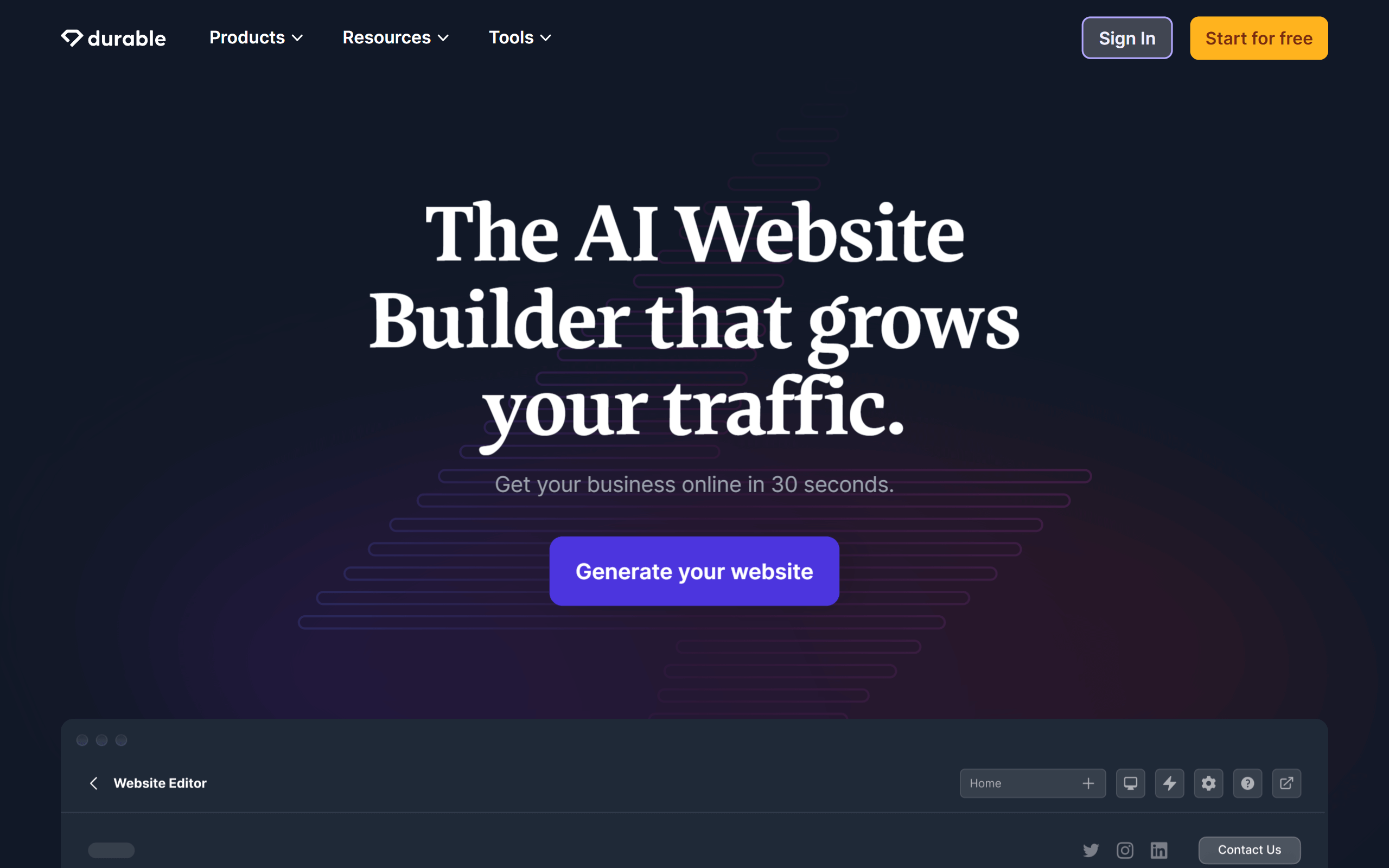
While more of a structure than a independent resource, the "durable" programming model, particularly within serverless environments like Azure, epitomizes the AI Vibe. It facilitates coders to draft involved, memory-based procedures (like an e-commerce checkout process) in a simple, lucid approach. The foundational framework handles all the complication of data persistence, exception management, and performance scaling, allowing coders to focus strictly on the domain reasoning.
AI Web Design: The Formative Aesthetic Creator
For designers, the intelligence tier serves as a strong creator, qualified of generating fresh artistic inspirations and creations from basic summaries. These utilities can create all things from foundational identity components to complex frontends, supplying a diverse range of synthetically-generated creations that can be managed and enhanced by a individual creative supervisor.
Autodraw
A plain but magical instrument from Google, Autodraw is flawless for the first steps of schematic design and conceptualization. You start by doodling a crude contour, and its AI at once attempts to surmise what you're depicting, providing you a assortment of clean, masterfully depicted icons and graphics to substitute your scribble. It's a terrific way to swiftly create sharp, aesthetically logical lo-fi previews and charts.
Uizard
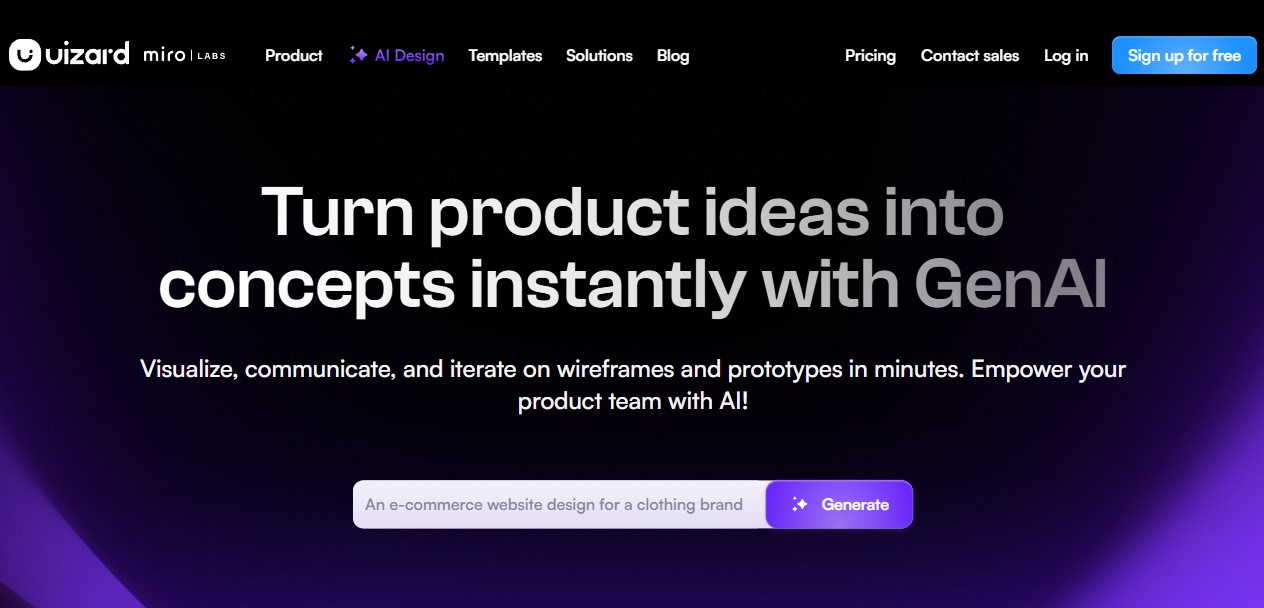
Uizard is a powerful AI-powered mockup application that can morph sketched by hand outlines on notebook into polished online models. You can just capture a snapshot of a blueprint in your notebook, and Uizard's AI will morph it into an changeable layout with regular design system widgets. It also has a strong "Autodesigner" tool that can build numerous-layout mockups from prose inputs, making it a all-around application for fast drafting.
Khroma
Khroma is a bespoke AI color tool for stylists. You begin by choosing fifty of your preferred colors, and Khroma applies a AI model to understand your likings. It then generates an infinite multitude of exclusive, five-hue hue arrangements that are customized to your particular taste. It's a brilliant method to encounter fresh and unpredicted color combinations that you are probabilistically inclined to enjoy, liberating you out of your typical design tendencies.
